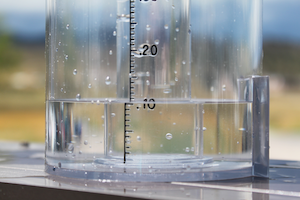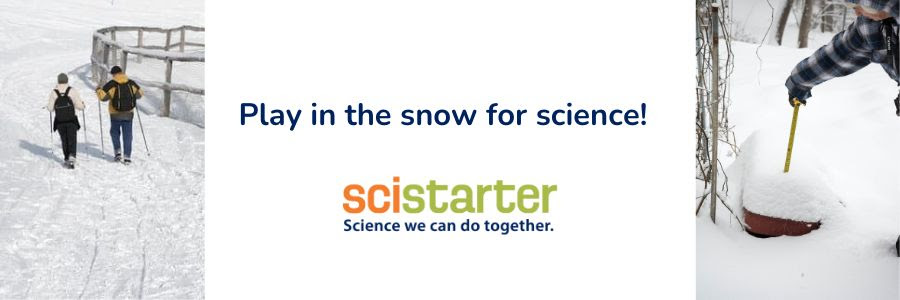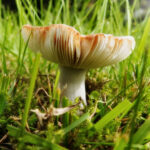Play in the snow … for science!
These five citizen science projects call on you to observe your local weather and bodies of water, snow or no!
The SciStarter Blog
Winter weather offers many unique ways to collect and share observations that advance research. If you live in a snowy place, venture outside to measure snow depth. No snow in your area? You can contribute by observing a body of water throughout the winter or even reporting how and when storms change.
By working together, or contributions can create a better understanding of our environment.
Community Snow Observations
Measure snow depth to help experts model real-time snow conditions. All you need is a ruler or yard stick and the free mobile app Snow Scope. And snow, of course! This new project is part of the NASA Citizen Science for Earth Systems Project.
Location: Anywhere there’s snow
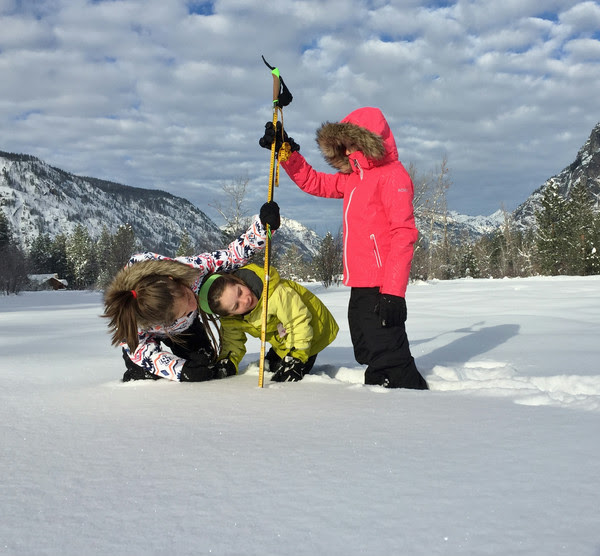

IceWatch USA
As an IceWatch USA volunteer, you observe a water body in your area over the winter and report on the weather and wildlife activity. In as little as 10 minutes, your observations help scientists analyze climate change and other environmental factors, as well as how people can adapt.
Location: U.S.
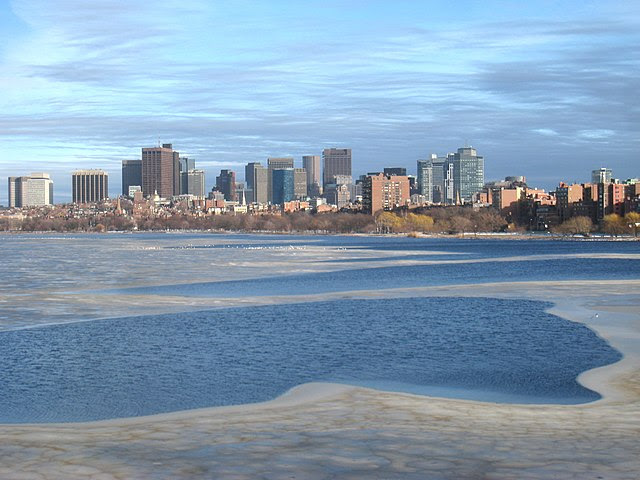

Mountain Rain or Snow
Human observers are the best resource for discovering how precipitation varies in time and space. Start reporting with the Mountain Rain or Snow app when a storm near you changes from rain to snow and vice versa. Researchers use the observations to improve satellite data and hydrologic models.
Location: U.S.
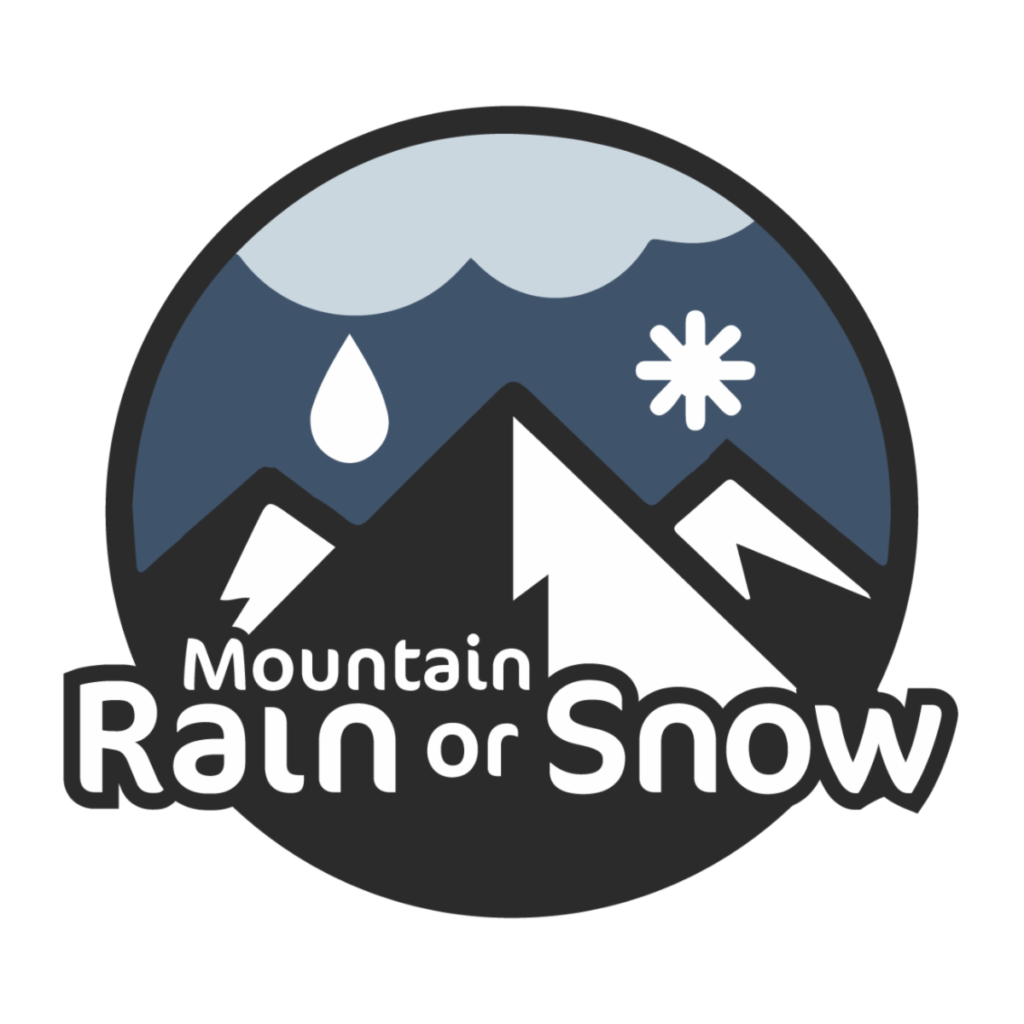

SkNOWELDGE COLLECTIVE
For educators: Engage students through outdoor field-based activities collecting meteorological data, while learning about the shared importance of snow to our environment and water resources. You’ll need a thermometer, ruler and access to devices with internet.
Data contributed will help expand meteorological monitoring networks, and provide valuable insight to broader climate and hydrological processes.
Location: Online
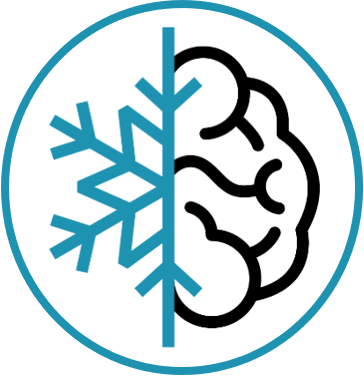

CoCoRAHS
Submit precipitation reports to the CoCoRaHS website and your data will be immediately available for viewing.
This real-time data is used by the National Weather Service, emergency managers, city utilities, the U.S. Department of Agriculture, engineers, mosquito control, ranchers and farmers, teachers, students and more!
Location: U.S., Canada, Bahamas
